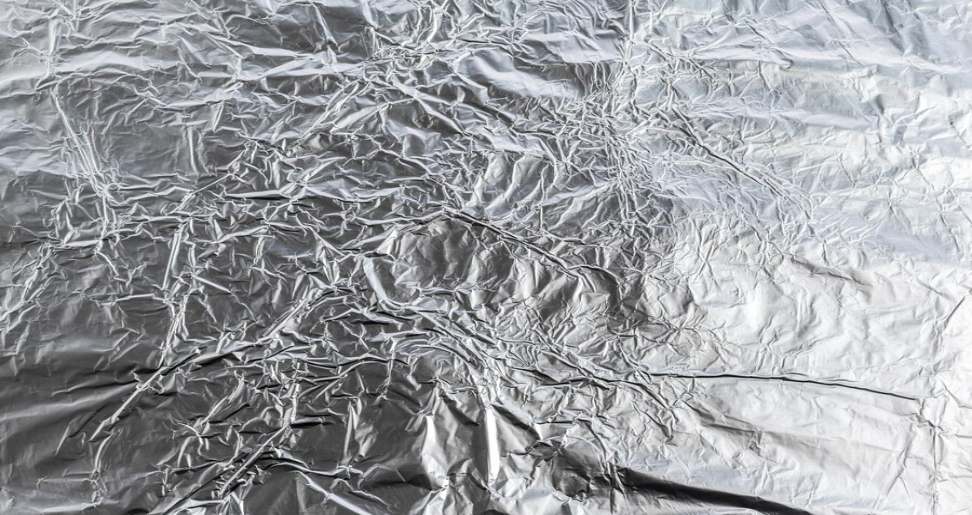Overmolding, the art of fusing multiple materials within a single mold, takes on a new dimension when aluminum is introduced. While plastic is the most common core material, aluminum offers unique advantages like strength, rigidity, and thermal conductivity. This guide delves into the world of overmolding with aluminum, exploring its potential, processes, and considerations for successful implementation.
Why Aluminum? Advantages and Considerations
Aluminum presents a compelling alternative to traditional over mold techniques, but understanding its advantages and challenges is crucial:
Advantages:
Superior Strength and Rigidity: Aluminum offers unmatched strength and rigidity compared to most plastics. This makes it ideal for structural components requiring high load-bearing capacity, such as those found in electronics or automotive parts.
Enhanced Thermal Management: Aluminum’s exceptional thermal conductivity allows for efficient heat dissipation from the core, making it perfect for heat sinks in electronic devices or LED lighting components.
Functional Integration: Some aluminum alloys possess electrical conductivity, enabling the integration of electrical components directly within the overmolded part. This simplifies assembly and improves functionality.
Lightweight Design: Despite its strength, Aluminum or aluminium is lightweight. This allows for the creation of overmolded parts with superior strength-to-weight ratios, a critical factor in applications like aerospace where weight reduction is paramount.
Aesthetics and Finishing: The natural silver color of aluminum adds a premium look to overmolded parts. Additionally, aluminum readily accepts various finishing techniques like anodizing, allowing for a wide range of colors and surface textures.
Challenges and Considerations:
Thermal Expansion Mismatch: Aluminum and plastic have different coefficients of thermal expansion. This mismatch can lead to warping or cracking of the overmolded part if not addressed through careful design considerations and material selection.
Surface Preparation: Aluminum surfaces require proper pre-treatment to ensure optimal adhesion with the plastic. Techniques like sandblasting, chemical etching, or applying an adhesive promoter are essential for a strong bond.
Mold Design Complexity: Molds for overmolding aluminum require meticulous design considerations for gating systems, cooling channels, and ejection mechanisms to accommodate the different material properties.
Exploring Overmolding Techniques for Aluminum
While there’s no single “one-size-fits-all” approach, several techniques are commonly used for overmolding with aluminum:
Insert Molding: A pre-formed aluminum insert is placed in the mold cavity. Plastic is then injected around the insert, creating a strong bond. This is a popular choice due to its relative simplicity.
Two-Shot Molding: Molten plastic is directly injected onto the aluminum insert within the mold. This technique offers more design freedom but requires precise control of temperature and pressure to prevent warping of the insert due to thermal expansion.
Ultrasonic Metal Welding (UMW): High-frequency vibrations create a solid-state weld between the aluminum component and the overmolded plastic. UMW offers strong bonds and minimal heat generation, reducing the risk of warping.
Applications: Unlocking Potential Across Industries
The advantages of overmolding with aluminum translate into real-world benefits for various applications:
Electronics: Aluminum heat sinks overmolded with thermally conductive plastics create efficient cooling solutions for electronic devices.
Automotive: Aluminum components like engine blocks or chassis parts can be overmolded with wear-resistant and lightweight plastics, reducing weight and improving fuel efficiency.
Aerospace: Overmolded aluminum parts with high strength-to-weight ratios are ideal for aircraft structures. Additionally, aluminum’s electromagnetic shielding properties can protect avionics from EMI.
Consumer Electronics: The combination of strength, aesthetics, and thermal management offered by overmolded aluminum makes it suitable for creating premium mobile phones, laptops, or other consumer electronics.
Medical Devices: Biocompatible plastics overmolded onto aluminum implants can offer a lightweight and durable solution for prosthetics or surgical instruments.
The Future of Aluminum Overmolding
The future of overmolding with aluminum is bright, fueled by continuous advancements:
Material Science: Research into new aluminum alloys with lower thermal expansion coefficients or improved surface properties will further facilitate the overmolding process.
Automation and Robotics: Integration of automation and robotics will heighten production efficiency, reduce the risk of human error, and allow for more complex overmolded aluminum components to be manufactured at scale.
Sustainable Practices: The development of eco-friendly overmolding techniques, such as using bio-based plastics or optimizing energy consumption during the process, will be crucial for a sustainable future.
In ConClusion:
Overmolding with aluminum emerges as a powerful tool for design and innovation, pushing the boundaries of what’s possible in product creation. By understanding the unique advantages of aluminum, such as its superior strength, thermal management capabilities, and potential for functional integration, designers and engineers can unlock a new realm of possibilities.
Read More:
- The Sleek and Sustainable Stunner: Polestar 4 Charges into North America
- Taming the Tick: A Guide to Adjusting Pushrods on Harley Evo Motors
- Unlocking the Grid: What is a Tesla CCS Adapter Retrofit?

